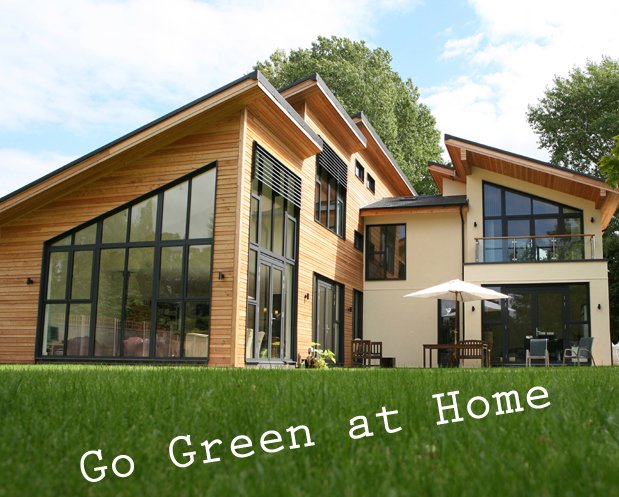

By replacing your windows with ENERGY STAR® windows, you save on energy bills by helping to keep heat inside during the winter and outside during the summer. These windows may have two or more panes of glass, warm-edge spacers between the window panes, improved framing materials, and Low-E coating(s), microscopically thin metal or metallic oxide layers deposited on windows to reduce radiative heat flow.
Bamboo, cork and eucalyptus flooring products are all excellent choices for the home as they are sustainable alternatives to the slower growing hardwoods. These products mature in roughly half the time that it takes hardwoods to grow. In addition to being a good eco-friendly choice, the options are stylish and affordable. This type of light bulb is a simple way of making a big change at a low cost in the energy efficiency of your home. Most home improvement stores carry these bulbs, which use 70 percent less energy than regular bulbs and can save $30 or more in energy costs over each bulb’s lifetime. Take a quick trip to the hardware store or home improvement store for a hot water insulation kit to wrap your water heater and save on water heating costs. Programmable thermostats automatically adjust the temperature of your home while you are away and while you are sleeping. Refrigerators can use up to 20 percent of total electricity in your home. To keep your power bills low, use only as much energy as is necessary. The refrigerator should be set between 38 degrees F and 42 degrees F. The freezer should be set between 0 degrees F and 5 degrees F. Energy-efficient models can reduce energy consumption by up to half that of a 10-year-old conventional model. With today's cold temperature detergents, most modern clothing cleans just as well in cold water. Wash in cold water on economy cycles and always have a full load. Keep in mind, 15 minutes of presoaking and 5 minutes of agitation get clothes cleaner than 15 minutes of agitation. Check with your local utility to see what incentives or rebates are available for the purchase of energy-effcient appliances, lighting or heating, ventilation, and air conditioning systems.



